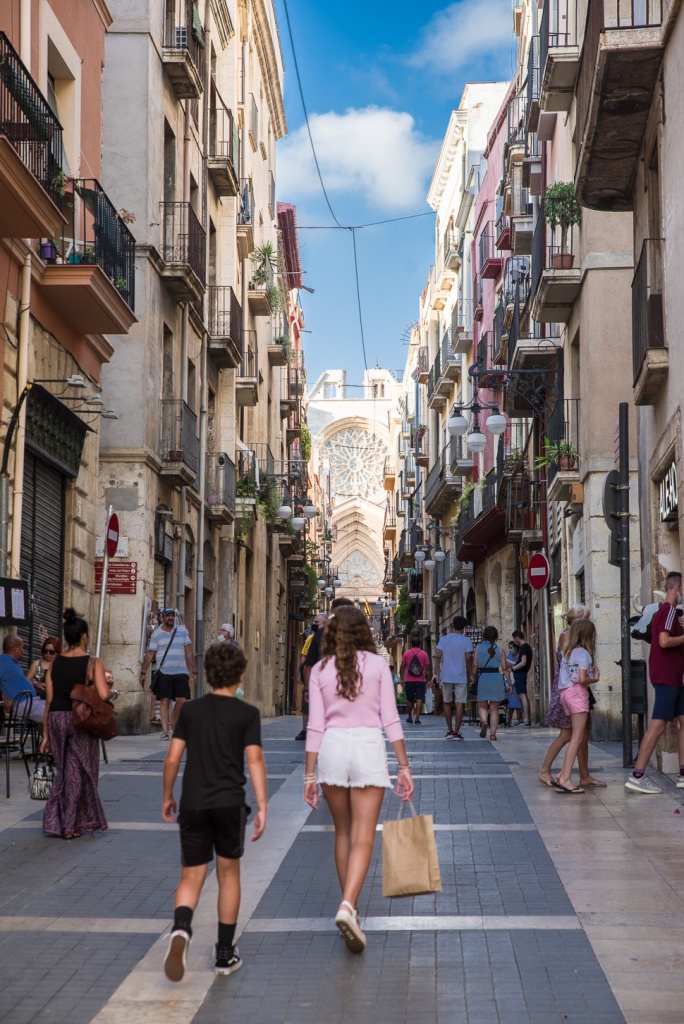
Tarragona, once the Roman Tarraco, was founded before the 5th century BC, and is the oldest Roman settlement on the Iberian Peninsula. It became the capital of the Roman province of Hispania Citerior (province at the east coast of modern Spain) during the period of the Roman Republic, and of Hispania Tarraconensis (province of the northern, eastern and central territories of modern Spain) during the Roman Empire.
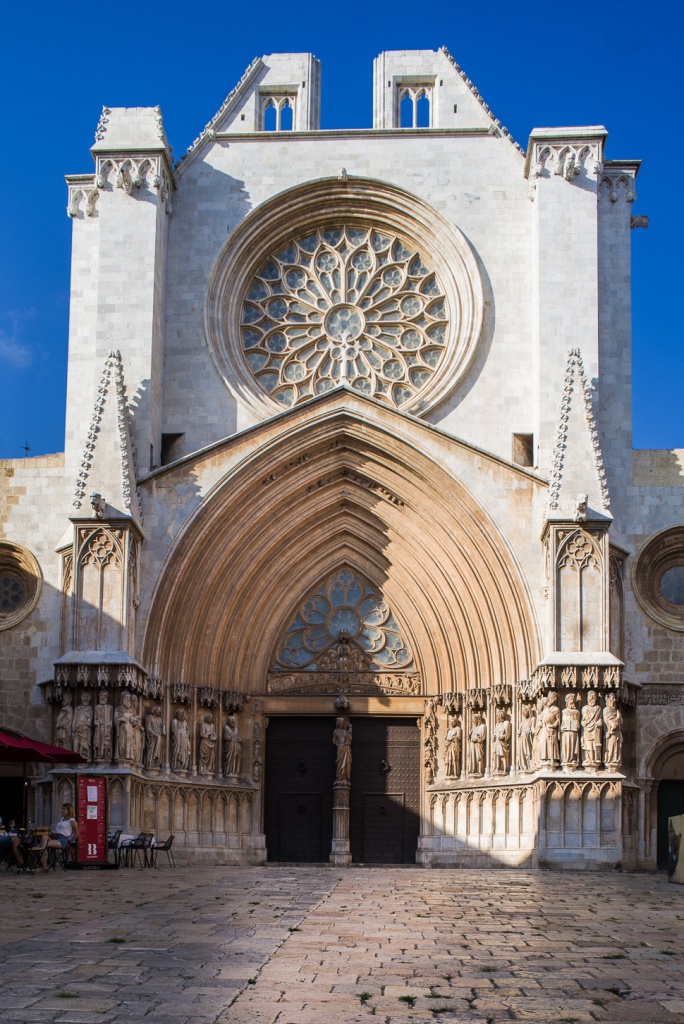
The cathedral of Tarragona is located on a site previously occupied by a Roman temple dating to the time of Tiberius, a Visigothic cathedral, and a Moorish mosque – a cultural place with a long history, like everything in Tarragona.
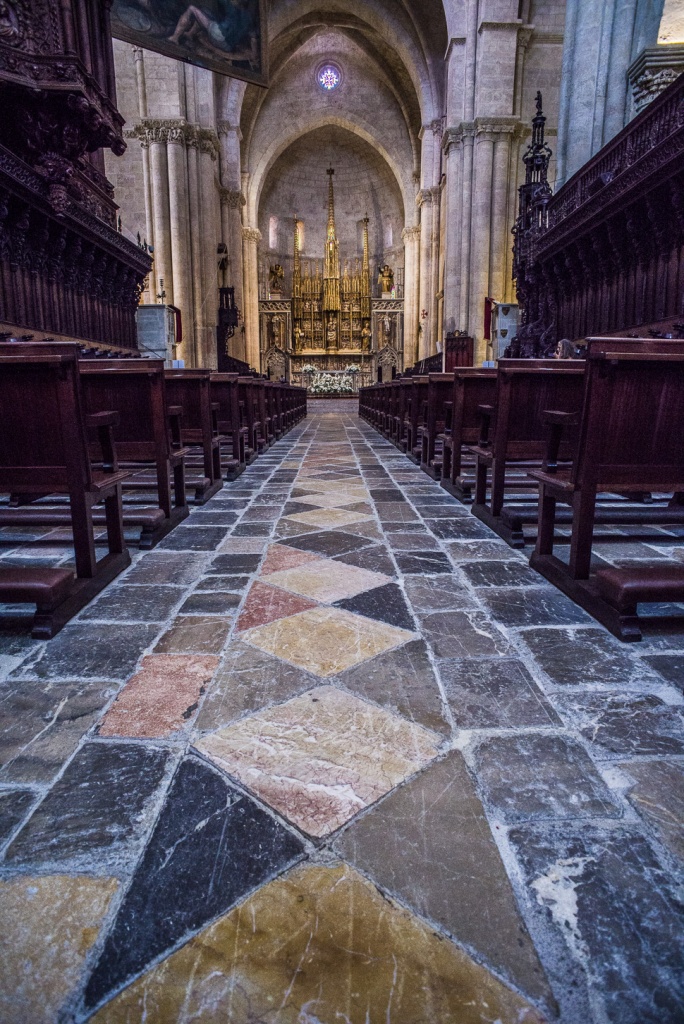
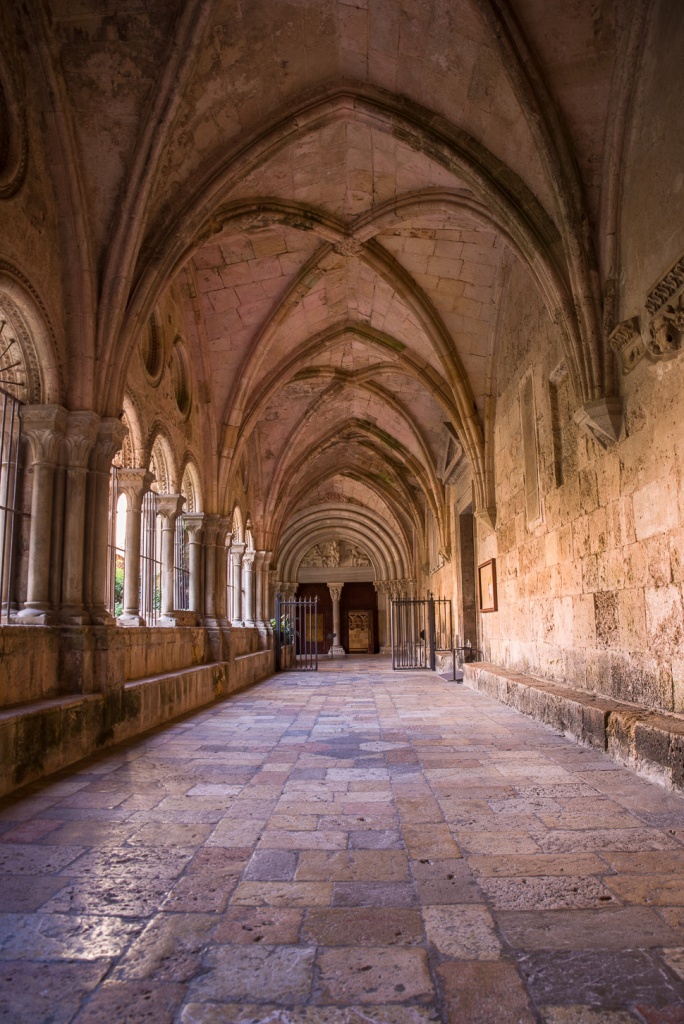
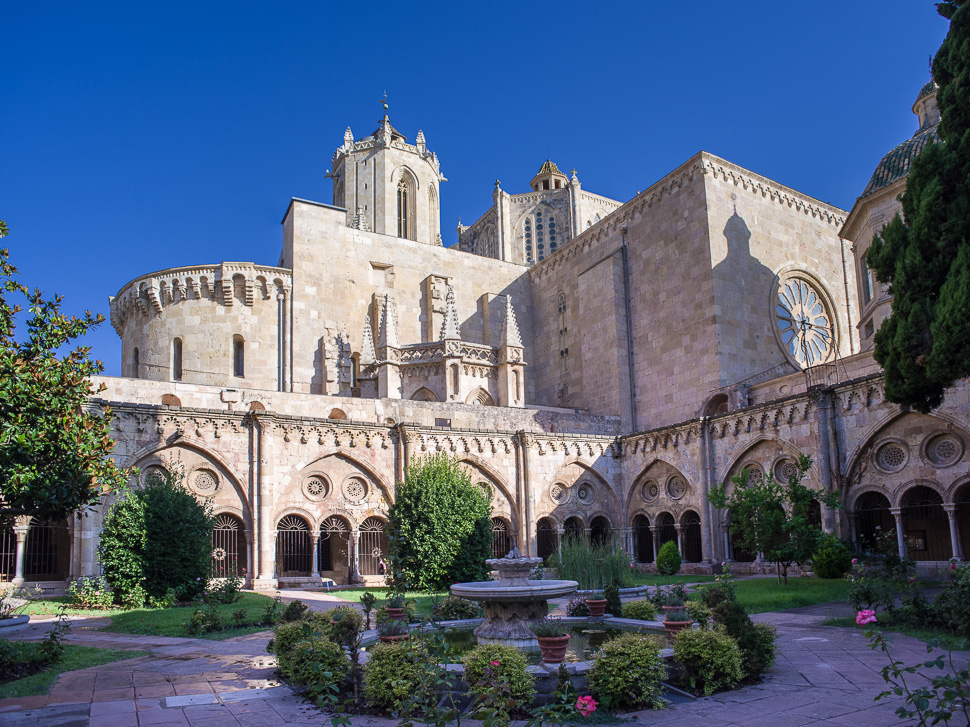
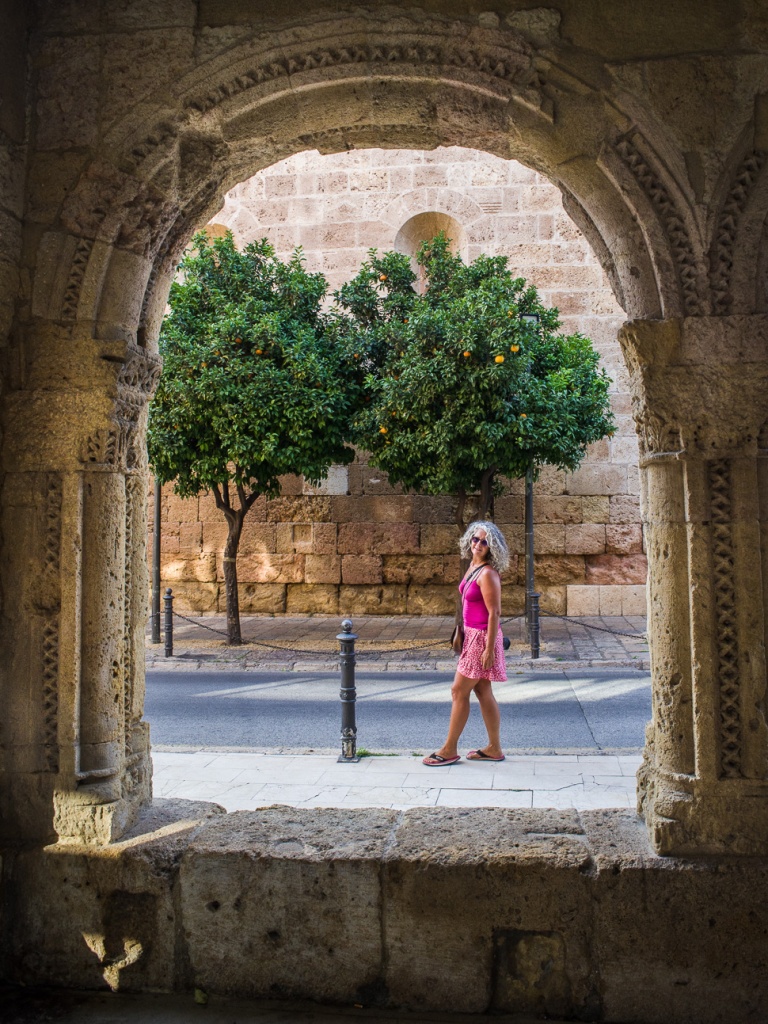
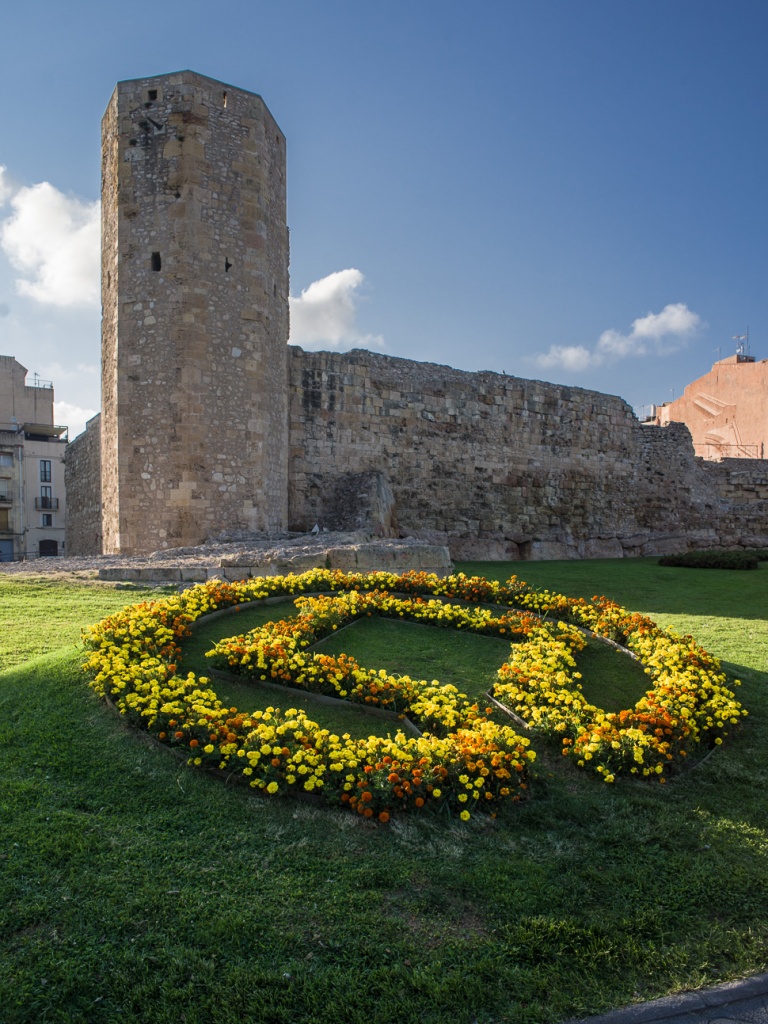
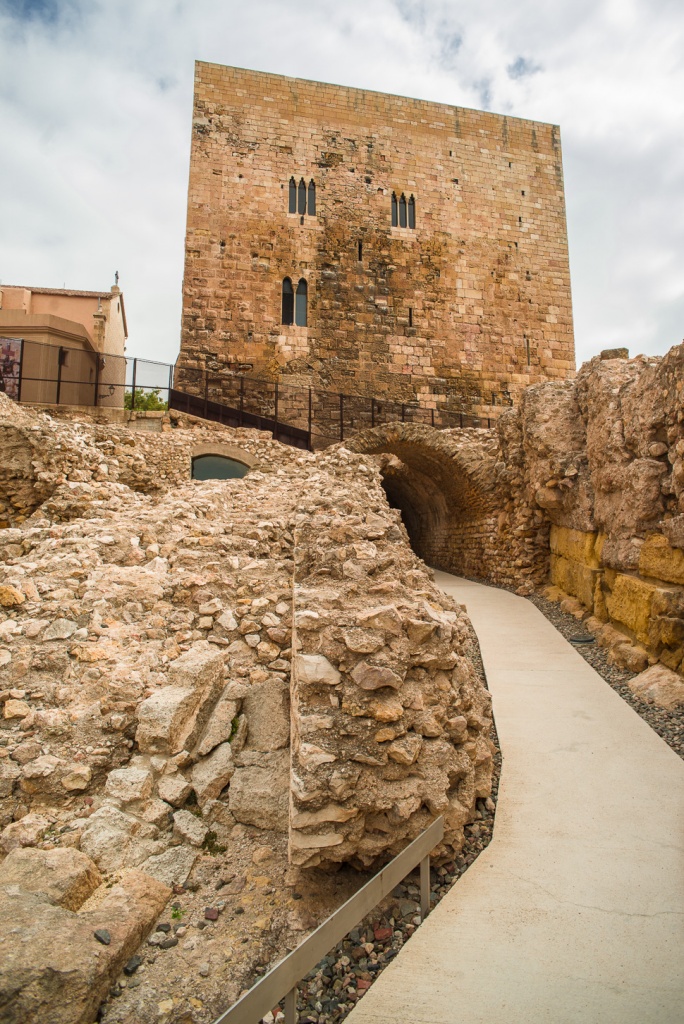
The Praetorium is a Roman-era tower that once housed the stairs that connected the lower city to the provincial forum by way of the circus, to which it is connected by means of underground passageways. It stands at one of the corners which was once the vast rectangle of the provincial forum square. In the 12th century, it was transformed into a palace for the monarchs of the Crown of Aragon.


In 476, after the fall of Rome and the fall of the Western Roman Empire, Tarragona was occupied rather than conquered by the Visigoths under their king Euric. The Visigoths took over the urban structures and made up a thin upper class. The end of the ancient town came with the arrival of the Moors in 714. The city was then in ruins and was largely uninhabited until the Reconquista in the 12th century.

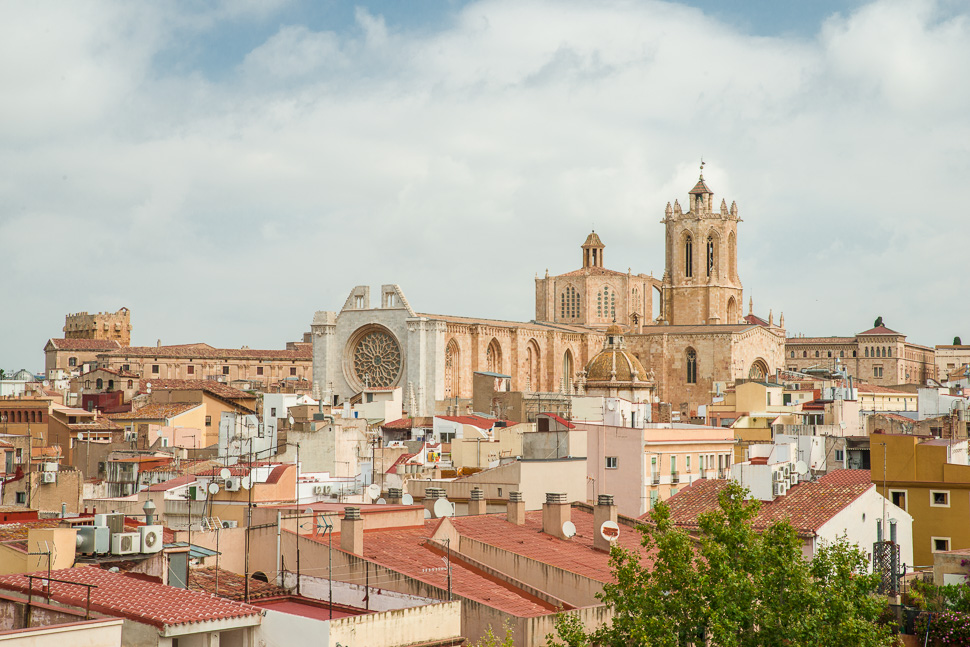
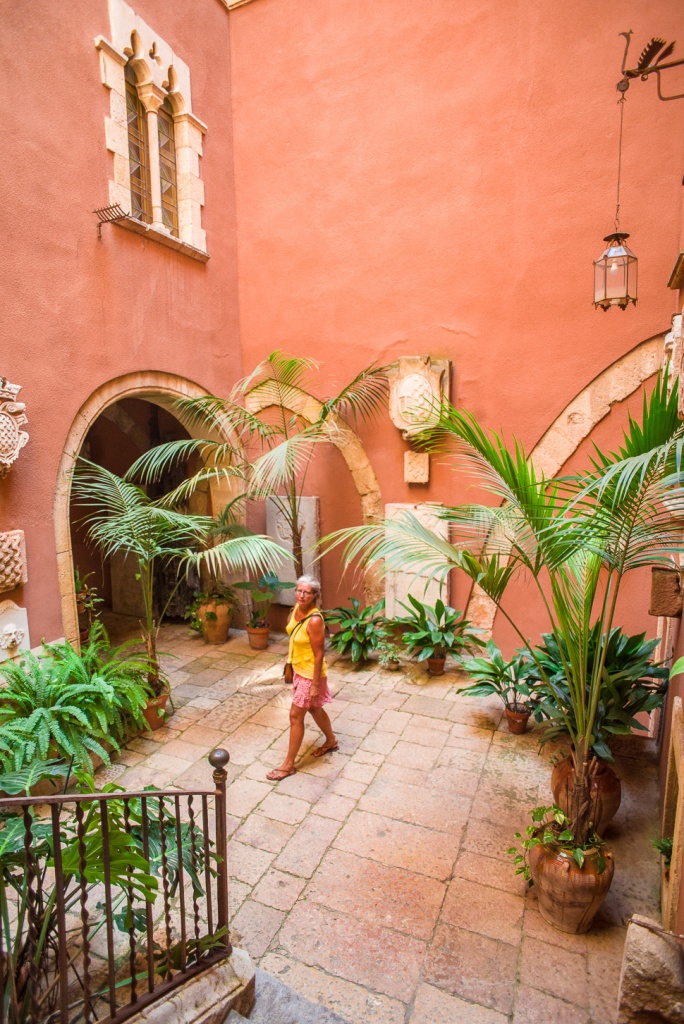

We visited one of the grand houses of Tarragona still showing its splendour – the Castellarnau house. It was built at the start of the 15th century as the residence of one of the most influential families in the city.
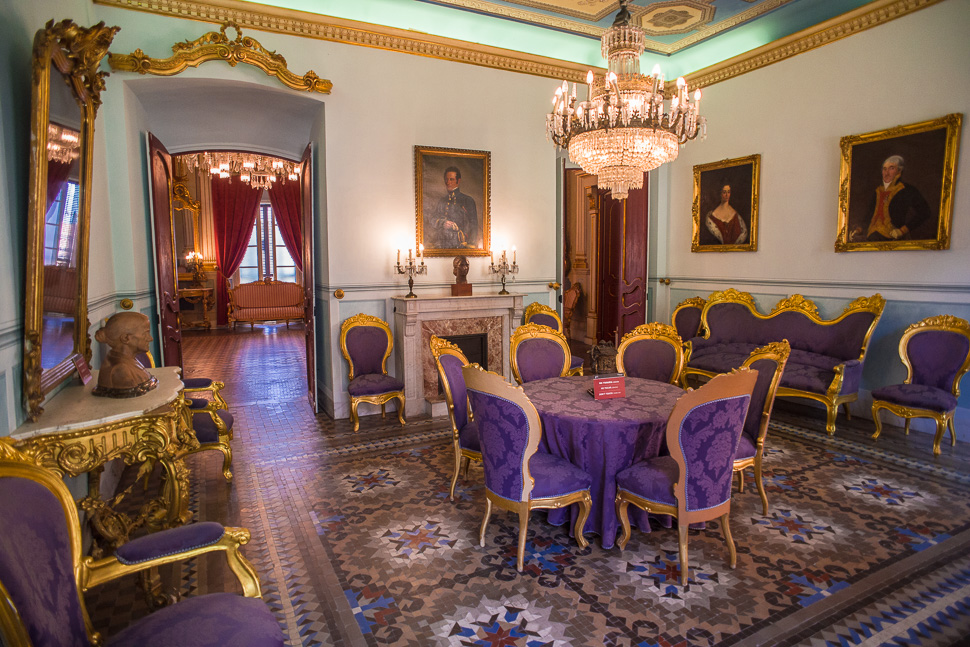
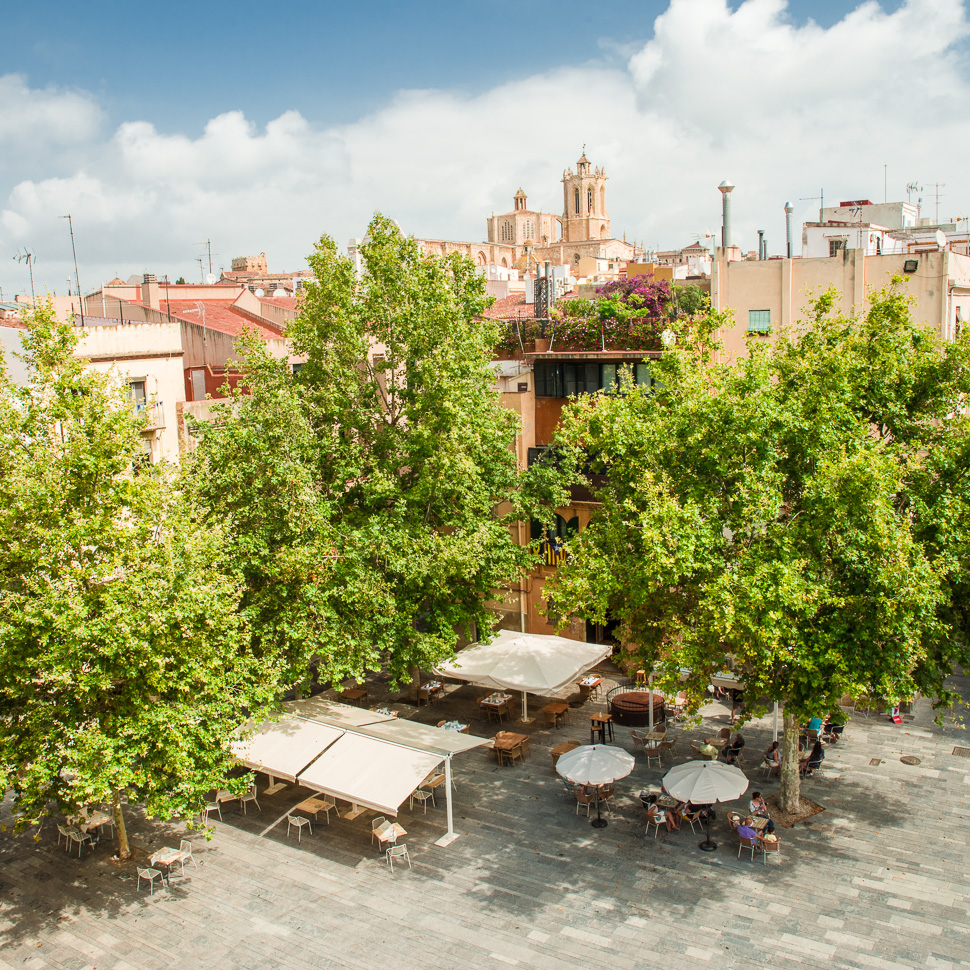
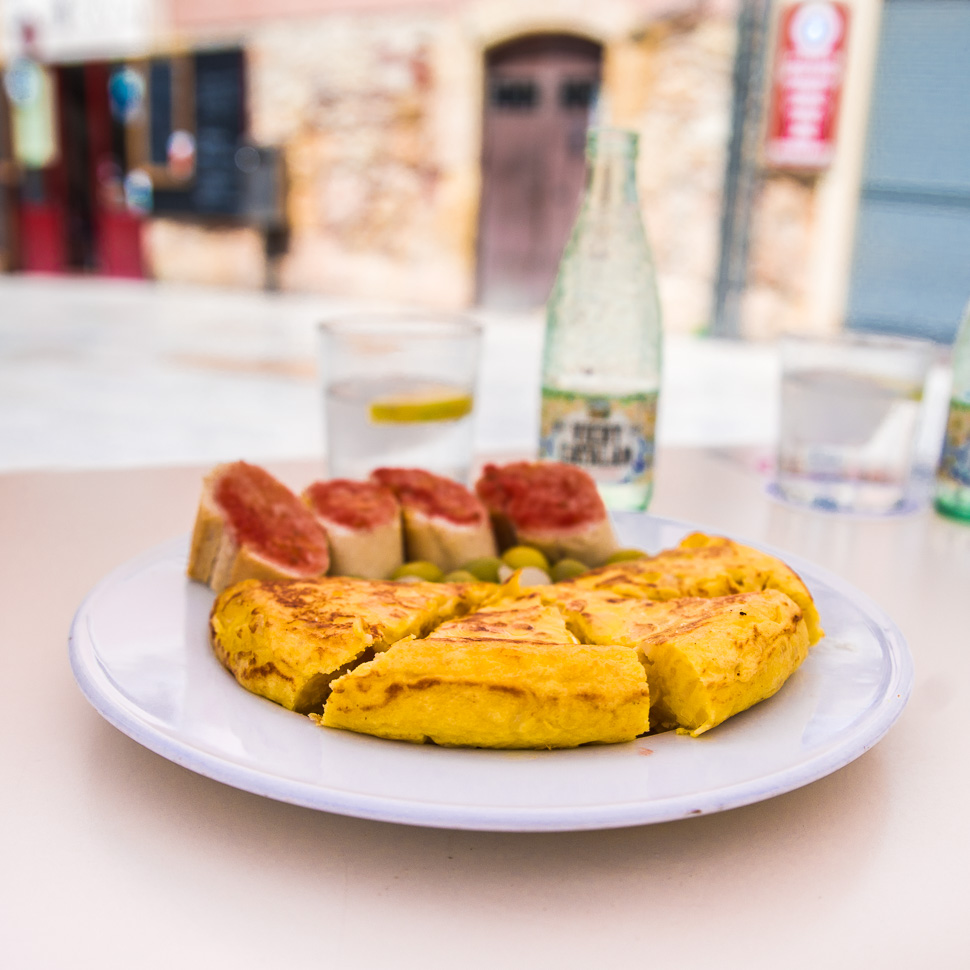
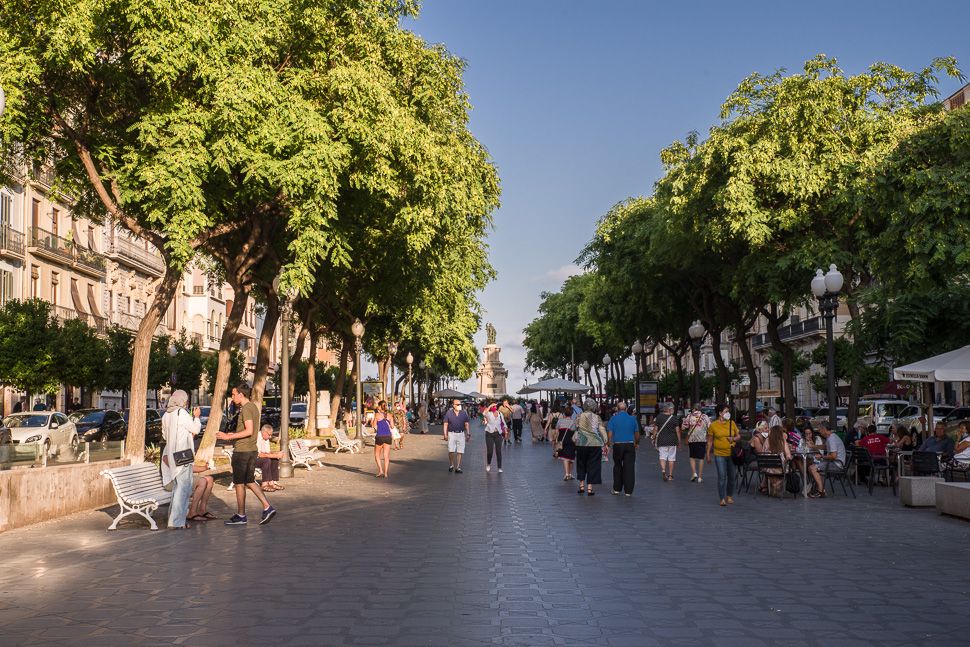
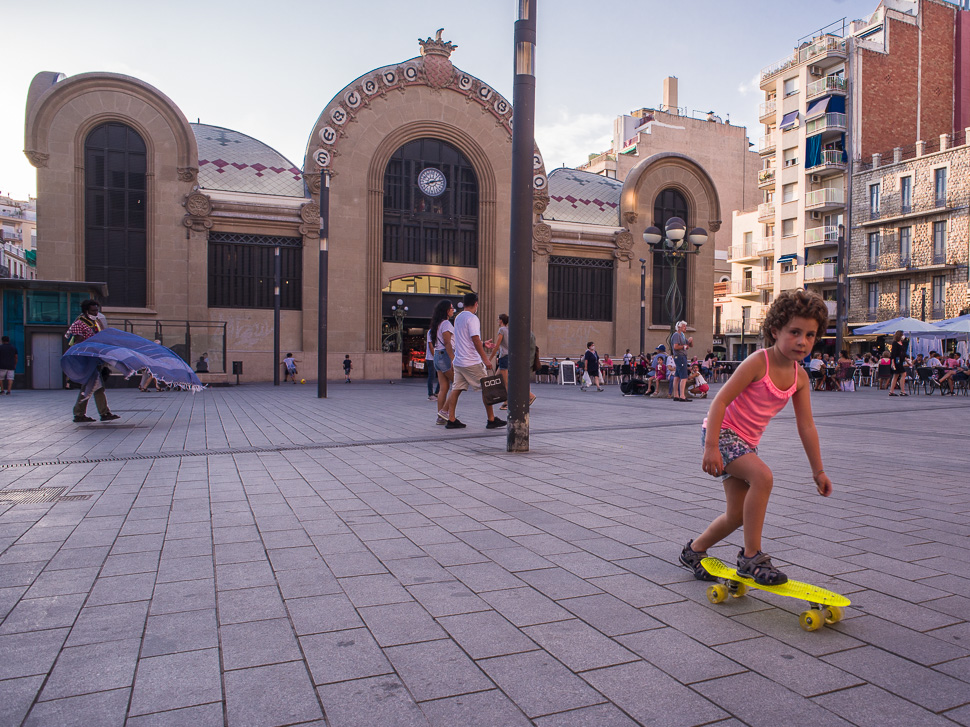
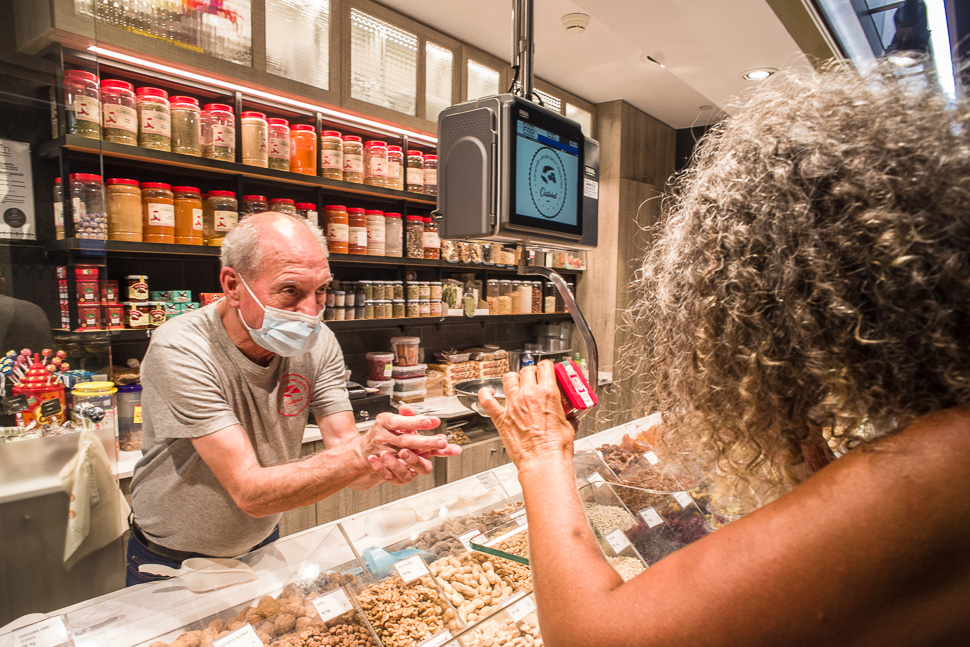
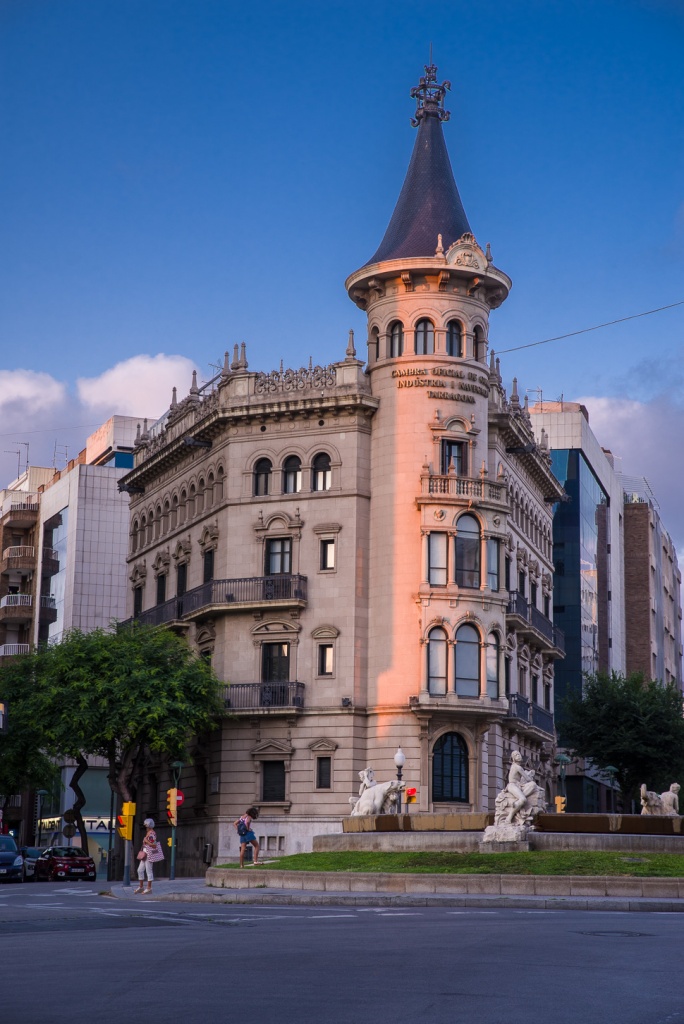
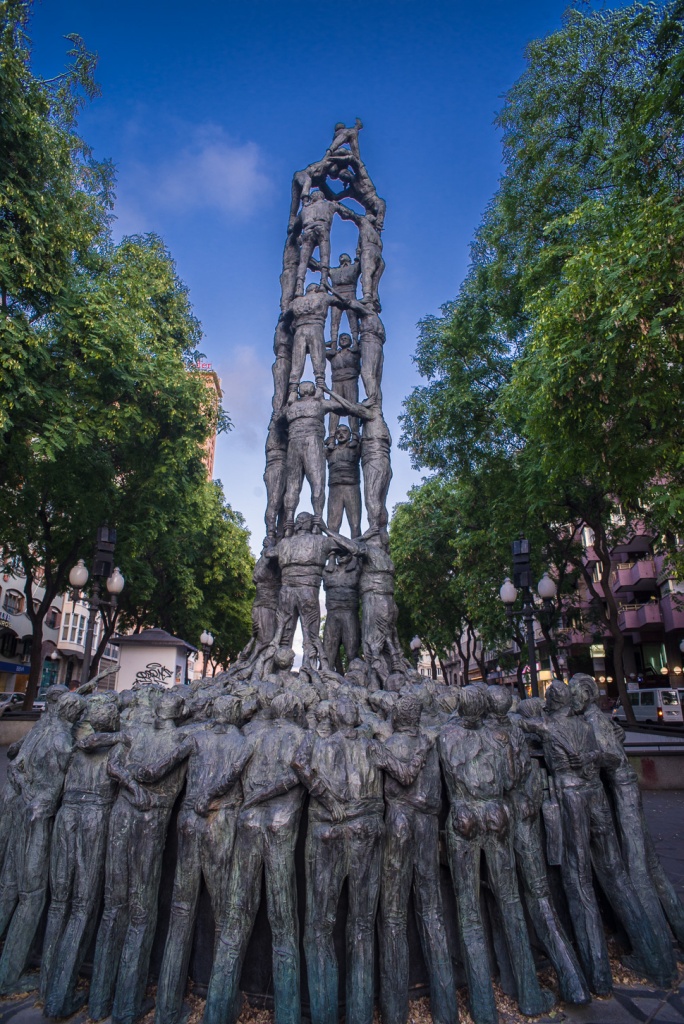
A castell is a human tower built traditionally at festivals, a tradition in Catalonia, the Balearic islands and the Valencian Community. At these festivals, several colles castelleres (teams that build towers) attempt to build and dismantle a tower’s structure by standing on each others shoulders.
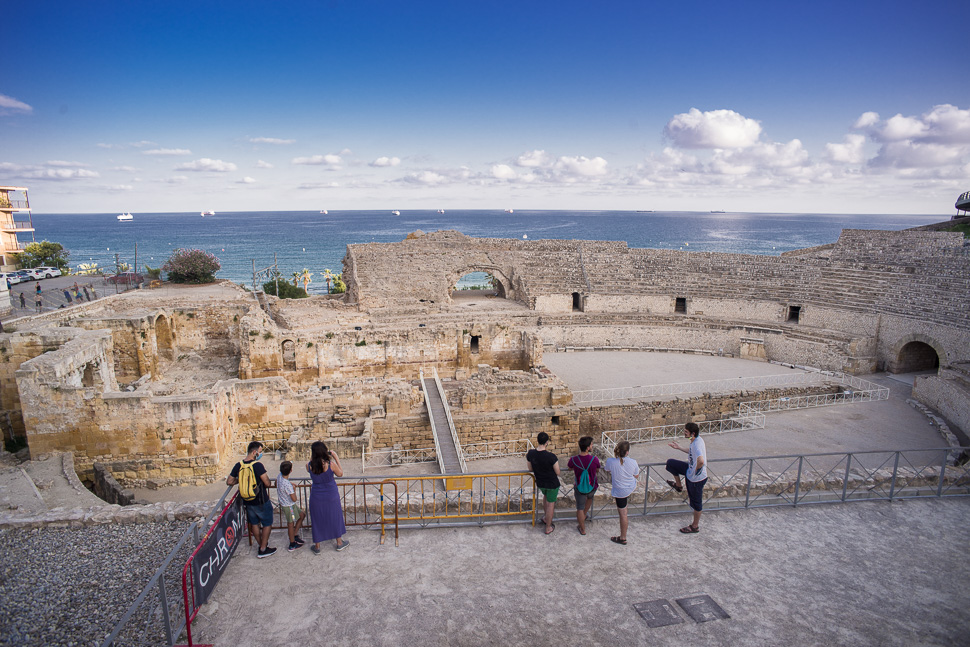
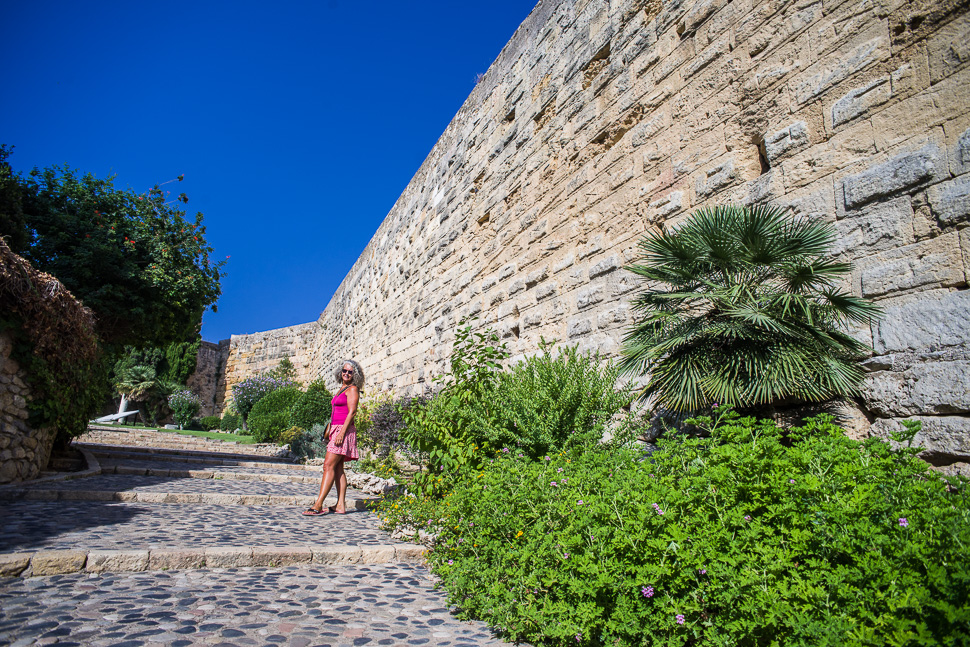
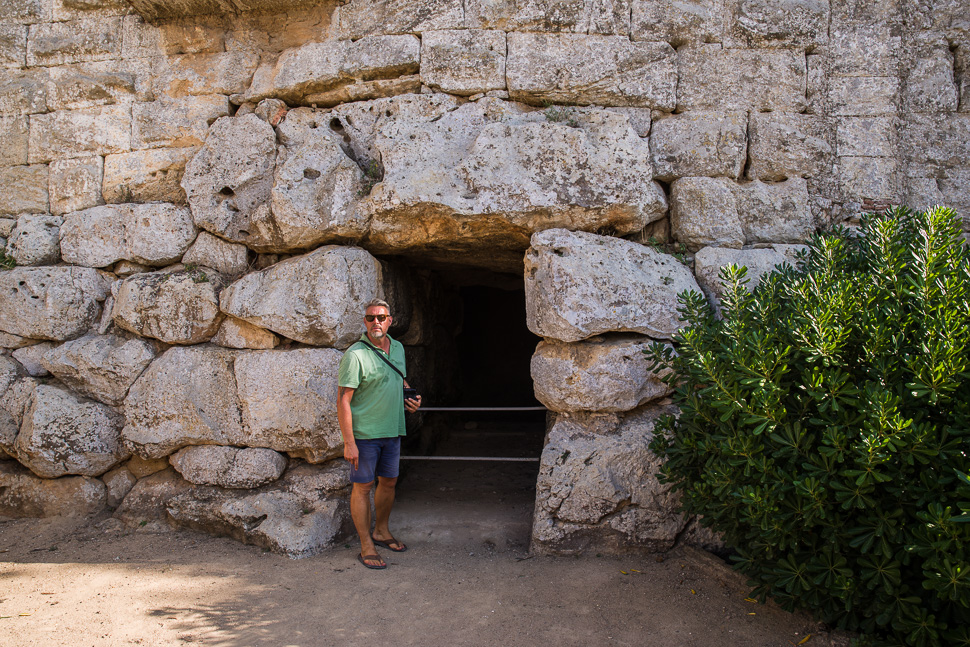

Just 4 km north of the city lies the Aqüeducte de les Ferreres or Devil’s Bridge, which once delivered water to the city of Tarraco. It is 27 metres high and today you can take a walk over the bridge, to admire it from all angles.
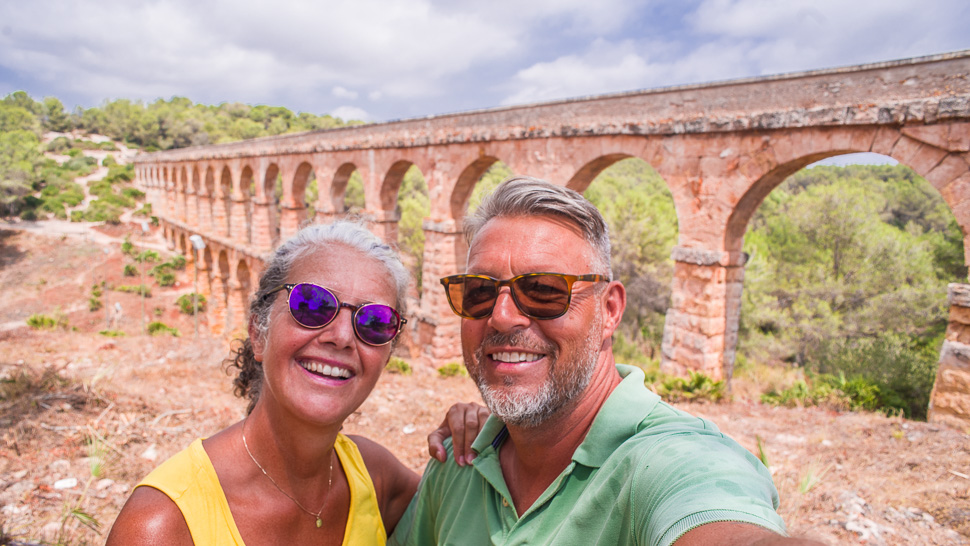
Our next destination in Cataluña is Figueres, the hometown of Dalí and his museum, we want to visit. More on our next post!
